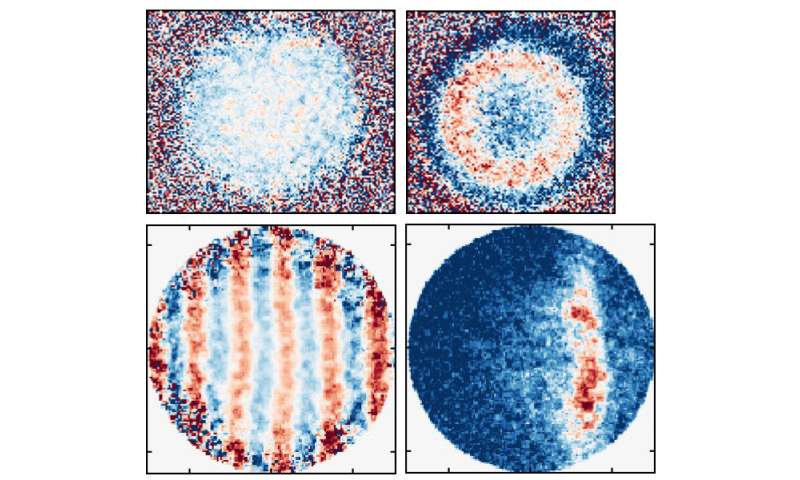Best of Last Week – A new way to see the quantum world, a battery breakthrough and cognitive control in creative people

It was a good week for physics as the Joint Institute for Laboratory Astrophysics team at NIST announced that they had invented a new way to 'see' the quantum world—an imaging technique that produces rapid, precise measurements of quantum behavior in an atomic clock. Also, a team at Queen's University Belfast announced that they have cracked the 70-year-old mystery of how magnetic waves heat the sun—they crash through it, apparently. And Konstantin Batygin, an assistant professor at the California Institute of Technolog found that massive astrophysical objects are governed by a subatomic equation—the Schrödinger Equation.
It was a good week for technology advancement as well as a team of researchers at RMIT University announced that they had made a battery breakthrough—a demonstration for the first time of a working rechargeable "proton battery." Also, a team at Baidu announced an upgrade to Deep Voice that allows it to mimic any voice in mere seconds. And a team with the European Space Agency announced a world-first firing of an air-breathing electric thruster—it will ingest air molecules at the top of the atmosphere and use them for propellant, possibly paving the way for very low, long-term orbiting satellites. Also, a team at Stanford University outlined a technique to see objects hidden around corners to allow driverless cars to navigate through crowded environments.
In biology news, a team at McMaster University pinpointed a gene responsible for neurodevelopmental disorders, including autism—they found that alterations in TAOK2 play a direct role in such disorders. And an international team of researchers reported on how their study of a 127-million-year-old baby bird fossil was shedding light on avian evolution.
And finally, if you are a creative person who has been told that it is in your nature to have difficulty overriding impulsive behaviors and instead make decisions based on goals, you might have to start listening, as a pair of researchers, Darya Zabelina and Giorgio Ganis, has found evidence that suggests creative people do not excel in cognitive control.
© 2018 ScienceX